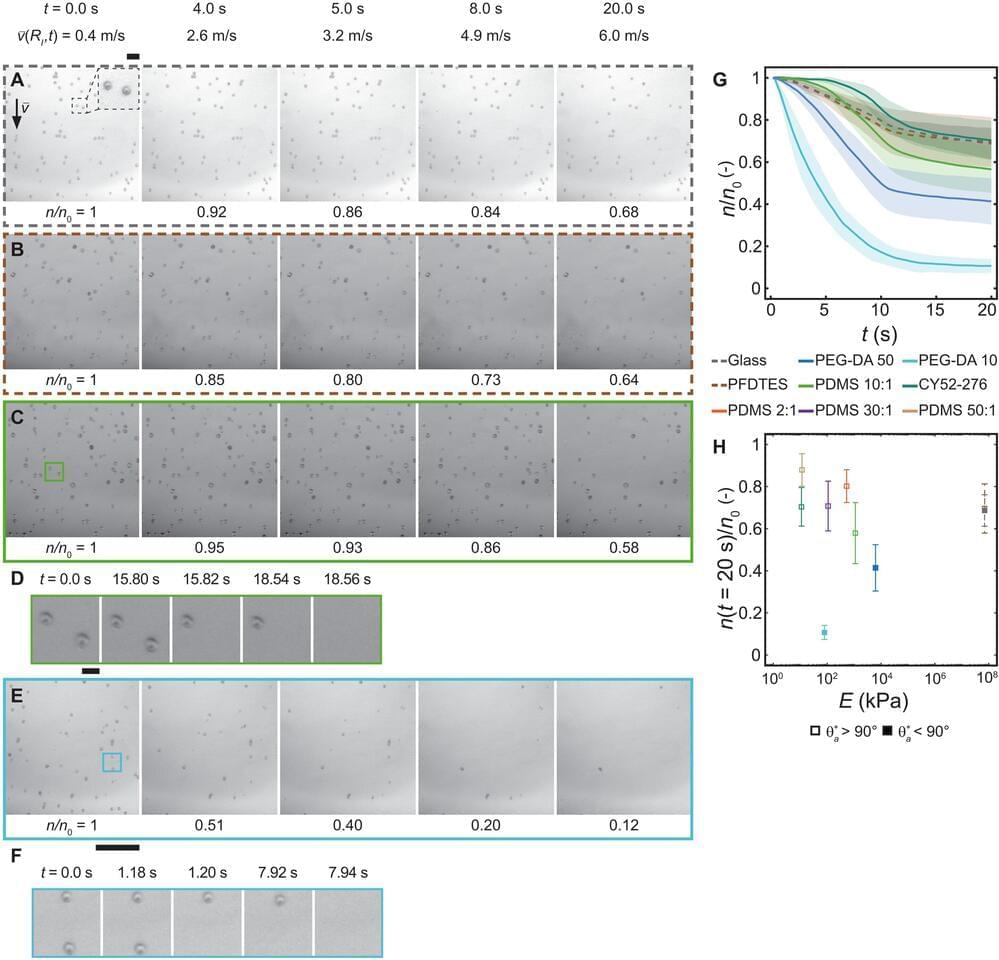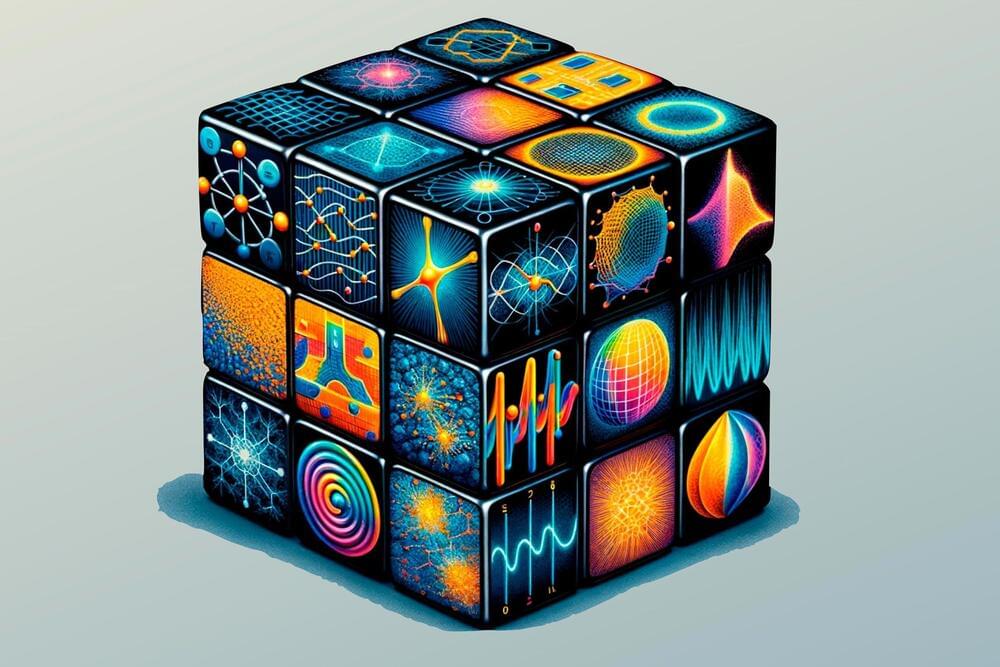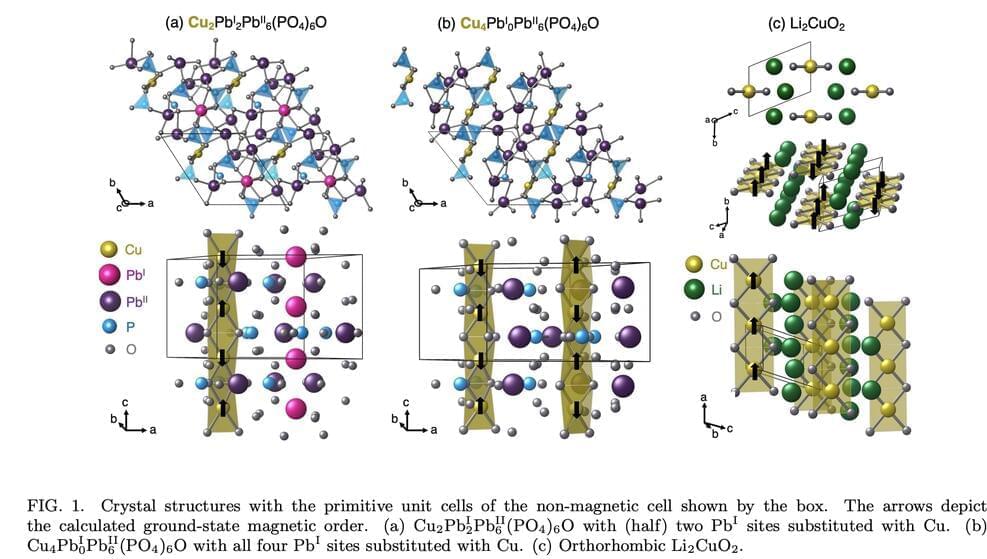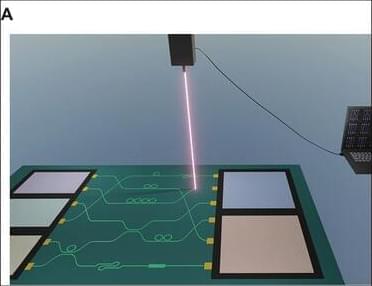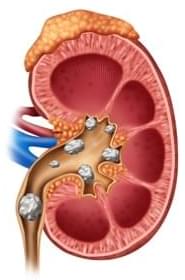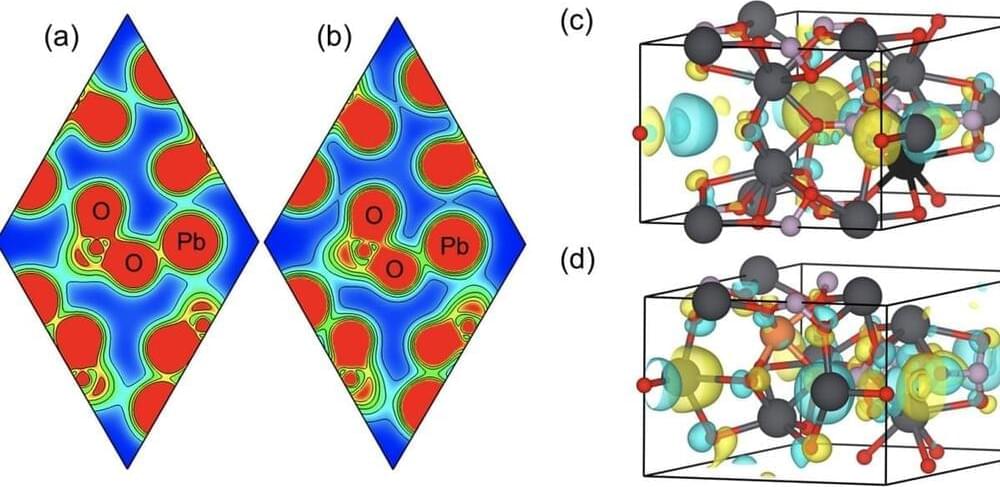
In an exciting development, researchers at the Lawrence Berkeley National Laboratory (Berkeley Lab) have made significant strides in the exploration of a material known as LK99 and its potential for superconductivity. This innovative research, rooted in computational methods, has stirred the scientific community, despite initial skepticism. Their determined investigation into the optimization of LK99 as a superconductor holds promise for a scientific breakthrough, shedding light on the persistent nature of scientific research and the pursuit of knowledge.
Unraveling the Mysteries of LK99
Scientists at Berkeley Lab have been delving into the possibilities held by LK99, a material identified as a candidate for superconductivity. Their computational work suggests that through careful optimization, LK99 can indeed function as a superconductor. This breakthrough is the result of a relentless commitment to scientific exploration and the willingness to challenge conventional wisdom.


